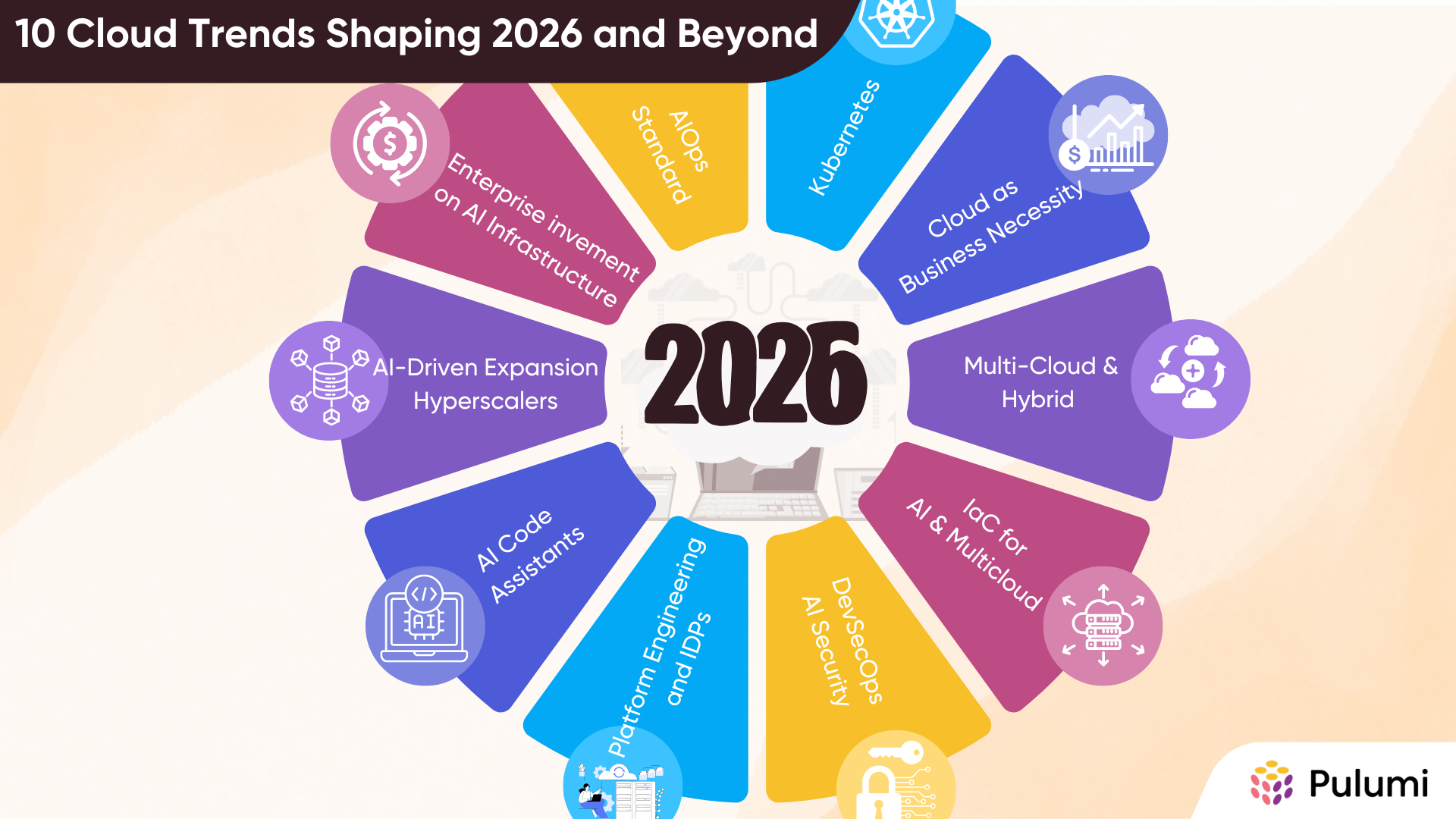AI Predictions for 2026: A DevOps Engineer's Guide

The IDE is dying, and so is tool calling. OpenAI is not going to win. And next year, you’re going to be shipping code that you’ve never reviewed before, even as an experienced engineer.
These are bold claims, but the way we use AI in 2026 for coding and agents is going to look completely different. In this post, I want to cover my predictions and why they matter right now for DevOps engineers. Some of these are definitely hot takes, but that’s what makes this conversation worth having.







